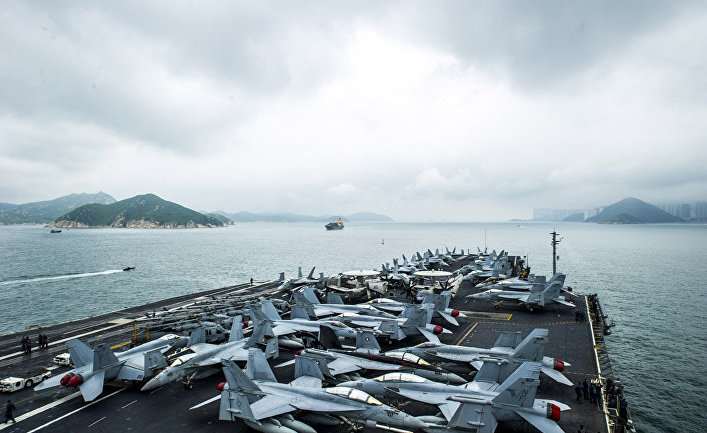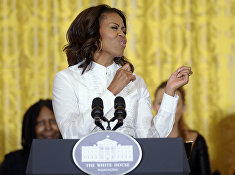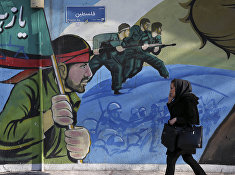Defense News reported on August 13th that the United States Air Force recently released an updated guide on US military exchanges with China. This is the latest move made by the US to specify and promote the interaction between two armies. Although the instruction states that the US Air Force military-to-military relationship with the People’s Liberation Army (PLA) is becoming more crucial than before, Fu Qianshao, a Chinese expert on air defense, found out that compared with the past, the US is actually restricting military exchanges, which further reduce the range of communication. This is obviously a regression.
The guidelines state, “With the rise of (the People’s Republic of China's) influence in the international community and the increasing capabilities of the Chinese military, Air Force military-to-military relationship with the People’s Liberation Army (PLA), the People’s Liberation Army Navy (PLAN), and the People’s Liberation Army Air Force (PLAAF) is becoming more crucial than before.” According to Defense News, the instruction provides guidelines for conducting visits by Chinese military personnel to US military bases, as well as visits by US officials to Chinese facilities. “The success of these visits, whether US or PRC-led, directly affects relationships between the US and PRC, as well as our relationships with our allies and partners, and is thereby important in support of national and regional politico-military objectives,” the instruction states. Defense News described the guidance as US Air Force’s efforts to foster relations between the two countries.
But at the same time, the documents set 12 limitations on the interaction between the US and Chinese military communication. The prohibiting areas cover a wide range of activities, including the interaction between the US and Chinese military personnel and the scope of cooperation in military operations, such as force projection operations, nuclear operations, logistical operations, surveillance and reconnaissance operations, military space operations, arms sales or military-related technology transfers, chemical and biological defense and other capabilities related to weapons of mass destruction and etc. Inviting Chinese officials to visit Defense laboratory is also forbidden.
Fu Qianshao, a Chinese expert on Air Force, told Global Times on August 14th that military exchange programs between China and the United States are scarce, currently the programs include student exchange program, joint disaster relief exercises, etc., but when it comes to actual combat exercises or information exchange, the US does not offer any chance for China to participate.
Comparing the instructions reported by Defense News, Fu Qianshao said in the sphere of the military space operations, there were some interactions between China and the US. But then the US authorities prohibit large arms and aerospace enterprises working with China. And now it is further clarified that no communication is allowed. The limitations on logistical operations and joint combat operations are getting stricter as well. In the past, although the US did not want China to gain insight into the US military affairs, Chinese officials were still given opportunities to visit some of the US military facilities. For example, Chinese military officials used to see the configuration of US aircrafts, even though it was prohibited to operate the aircrafts. But now, Fu Qianshao estimates that the chance of visiting the US military facilities is getting even lower.
Defense News reports, the updated guidance comes amid rising tensions between China and the US, over the sovereignty disputes between China with its neighbors in the South China Sea and Pentagon’s so-called rebalance to the Pacific. Fu Qianshao said considering China’s development of weaponry and military technologies, the US is on full alert. In recent years, China has achieved rapid development in aerospace engineering.
“On one hand, the US said the relationship with PLC is becoming more crucial than before. On the other hand, communication and interaction with PLC is further limited. The US is clearly talking in one way and acting in another.” Global Times reported citing Fu Qainshao. “Pentagon’s rebalance to the Pacific has created an unnecessary tense atmosphere in the West Pacific region; In South China Sea, the frequent operations of American warships and aircrafts cause more tensions and accidents are inevitable. In this context, to prevent frictions, it is necessary for China and US to strengthen communication and coordination. Now the US refuses to keep the window of communication open, this move is obviously not conducive to both countries.






